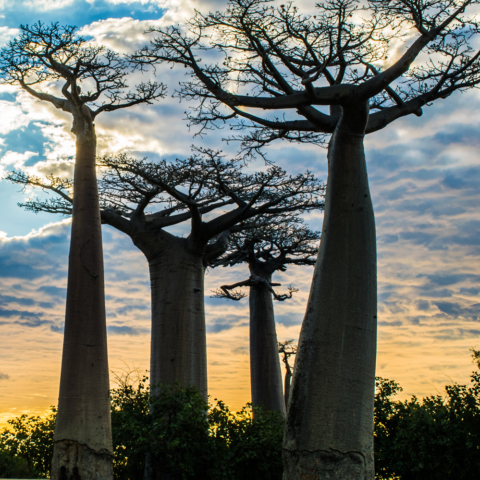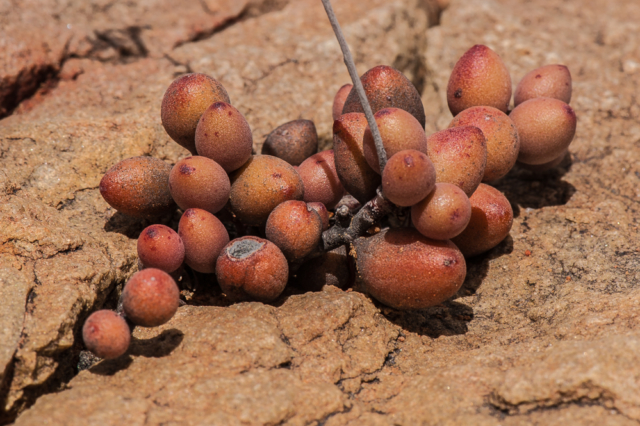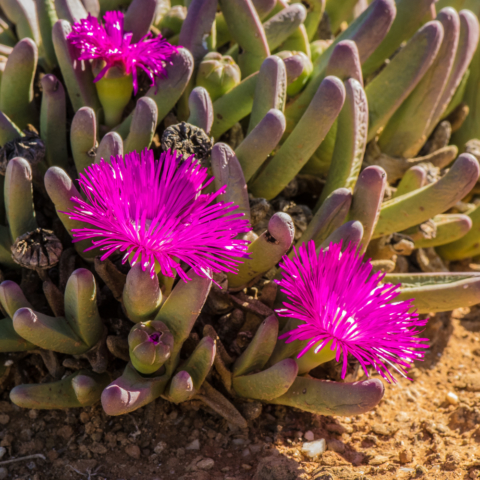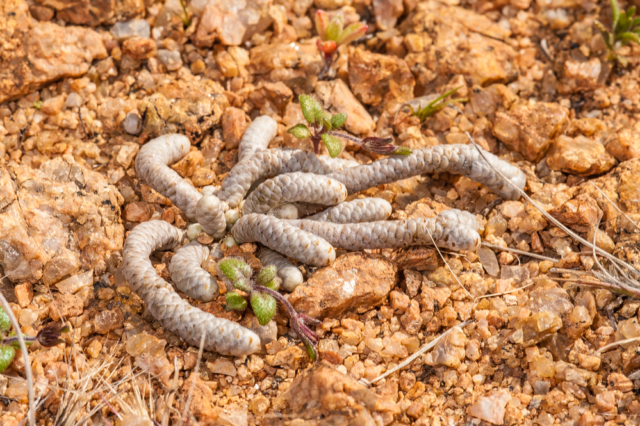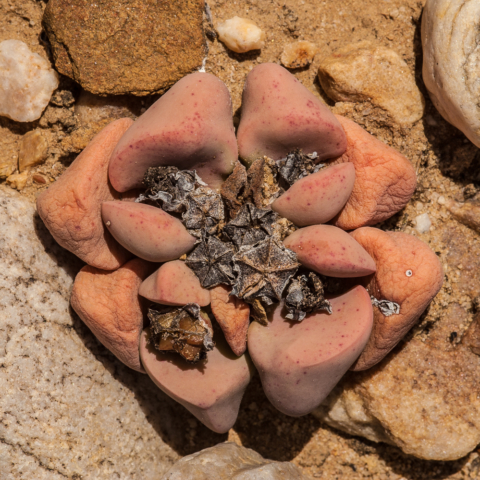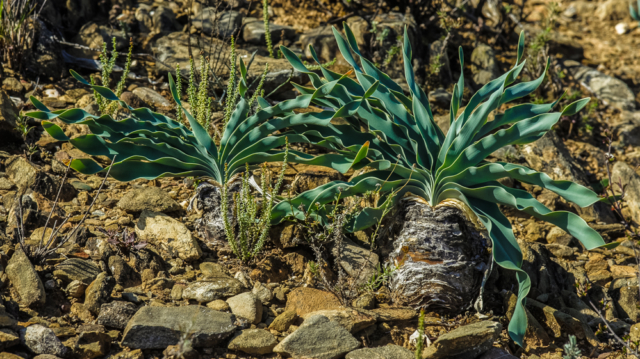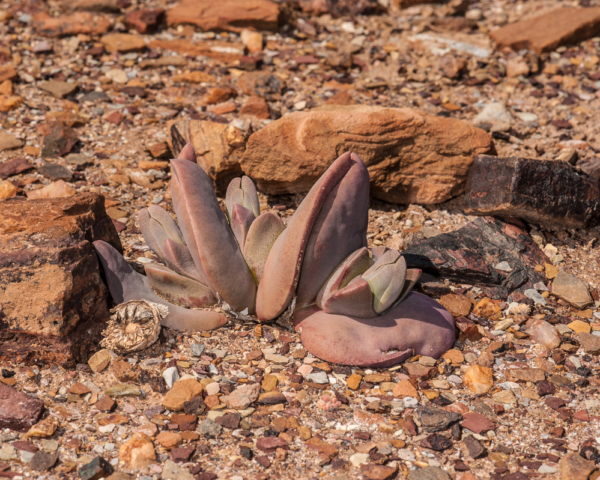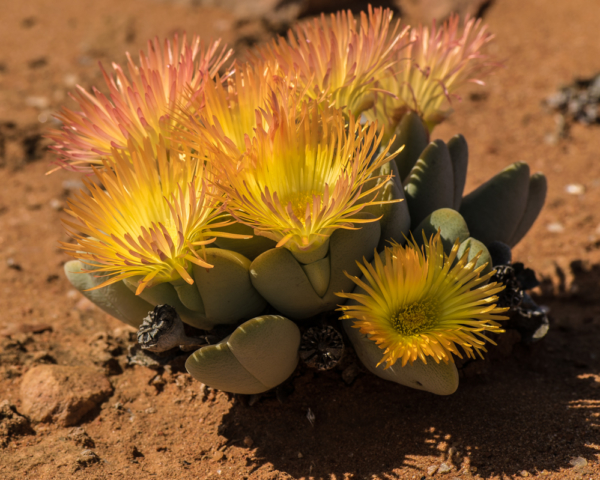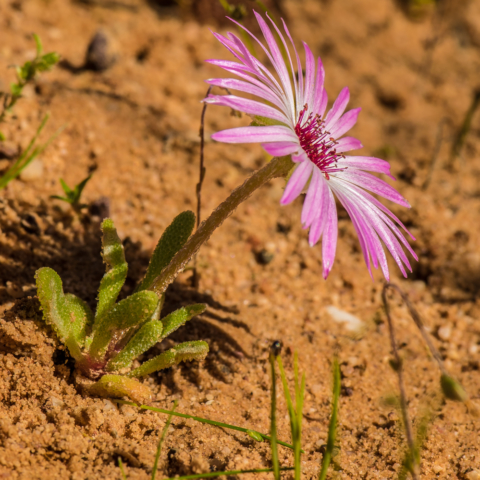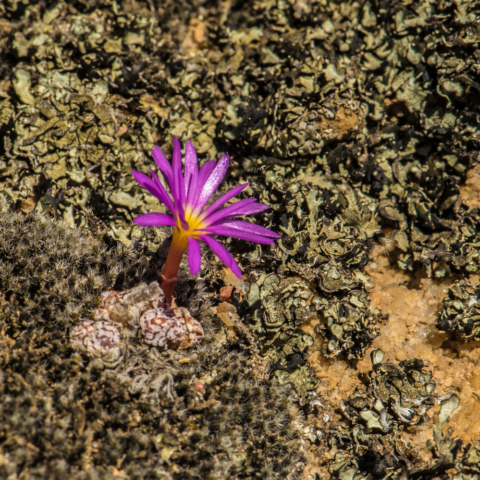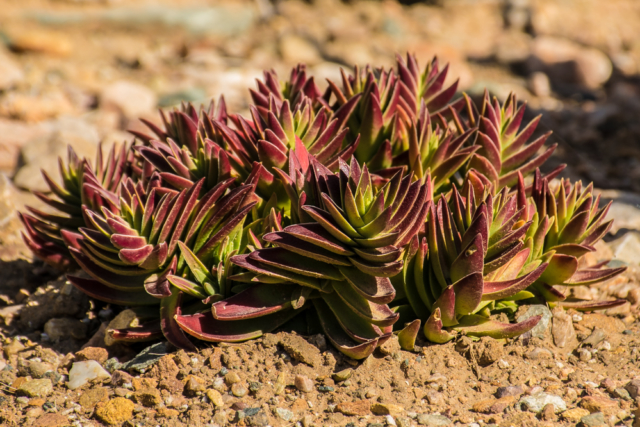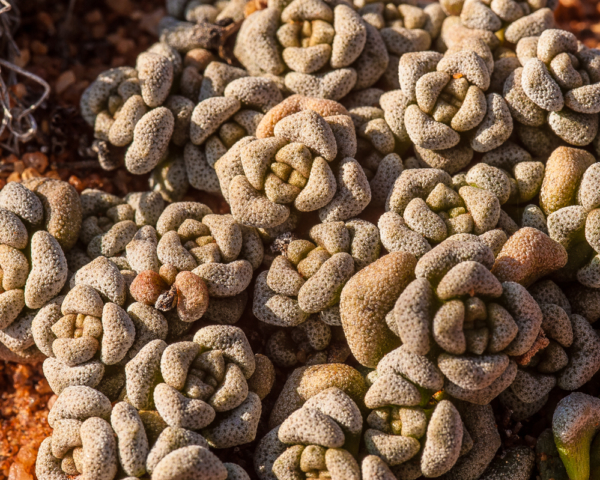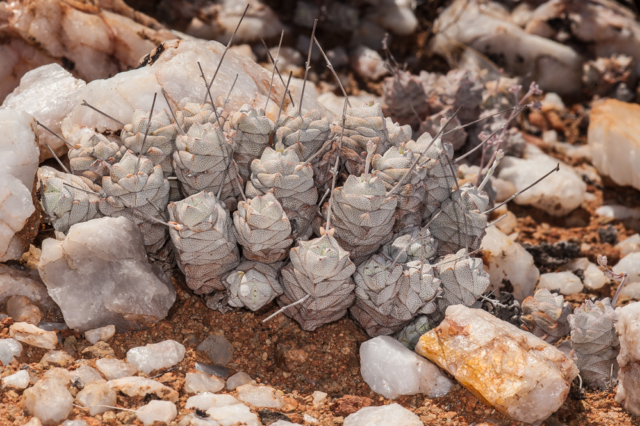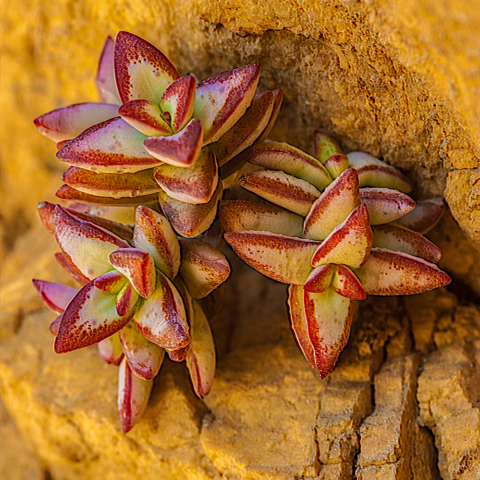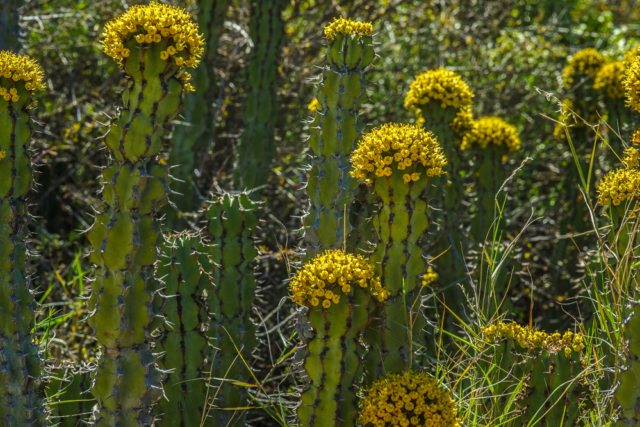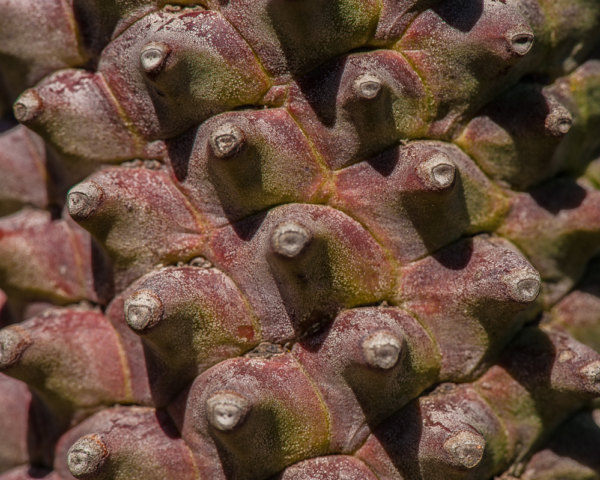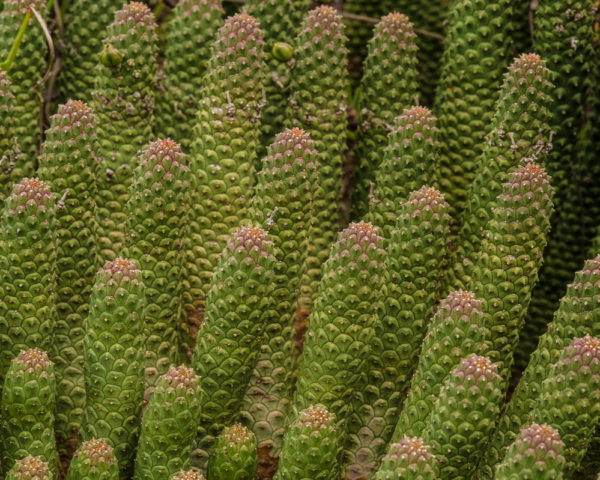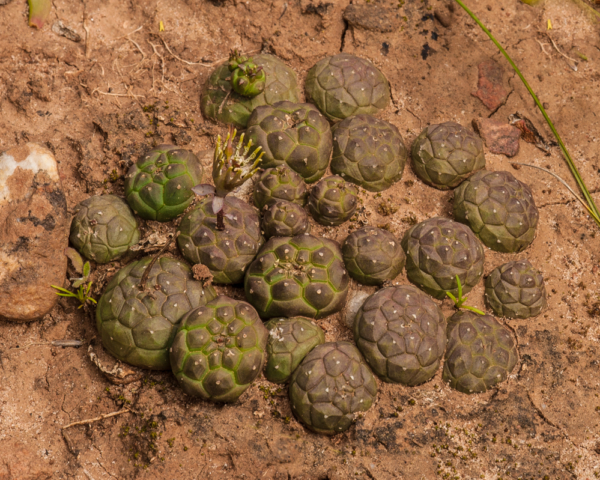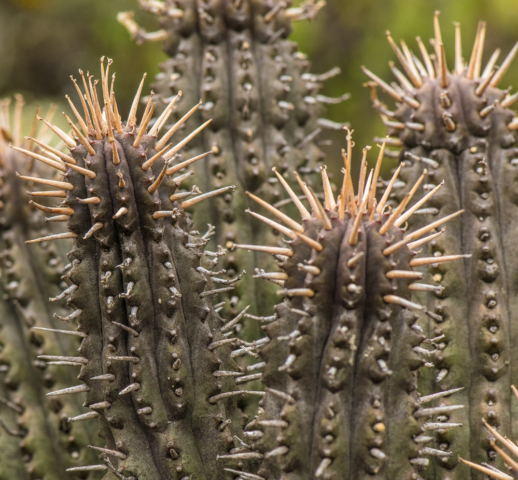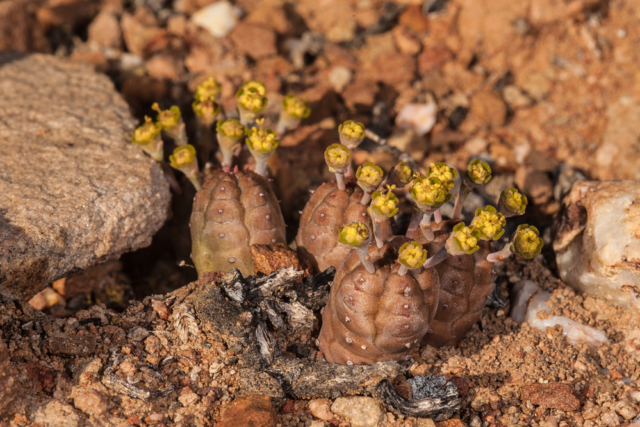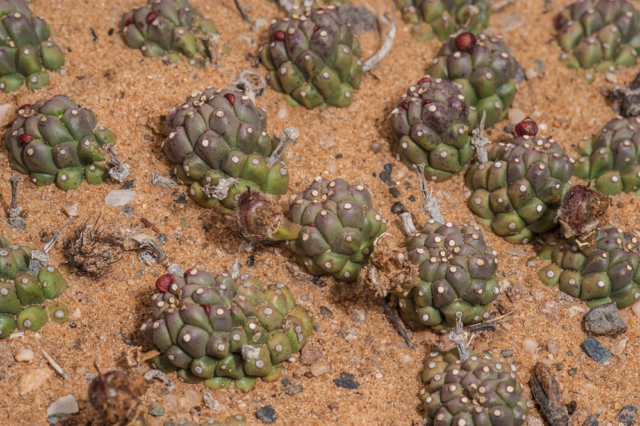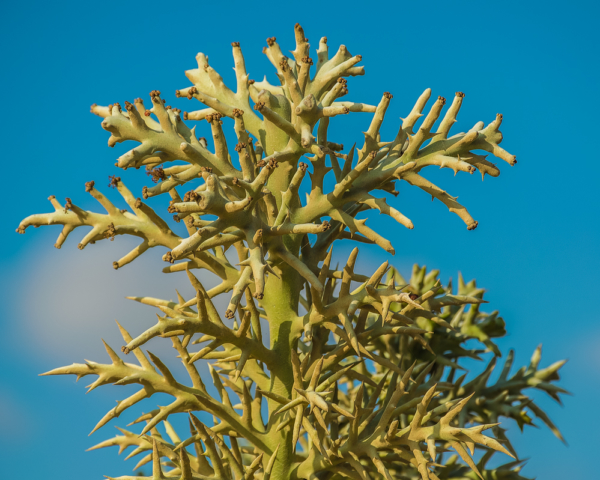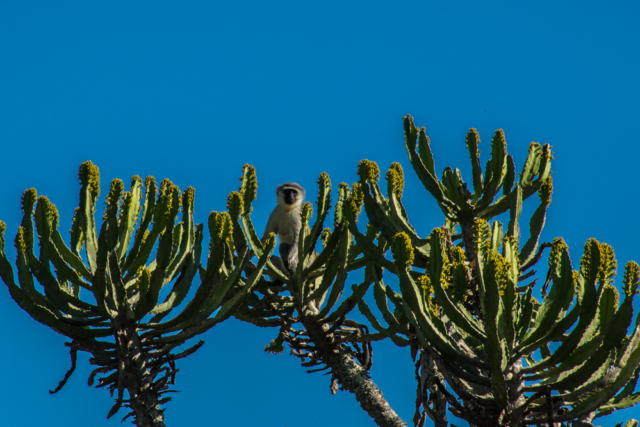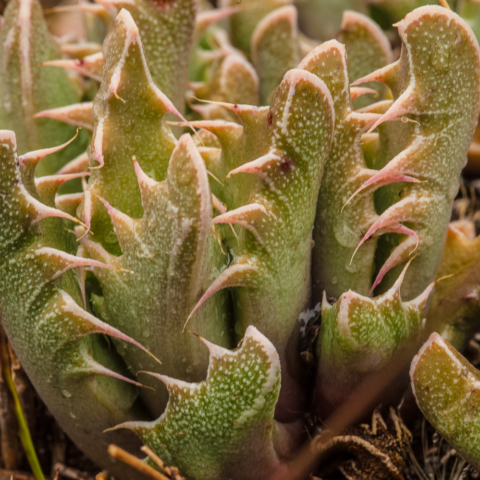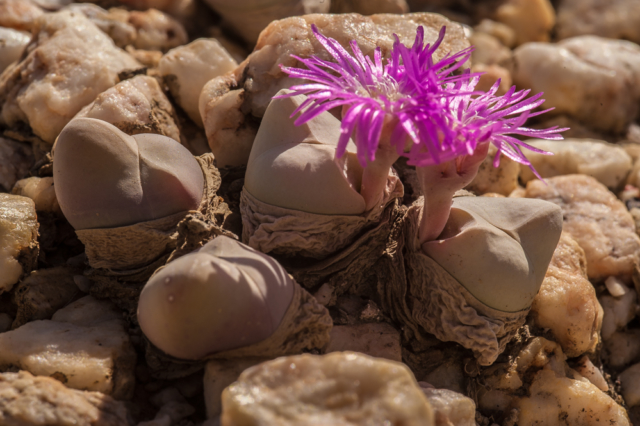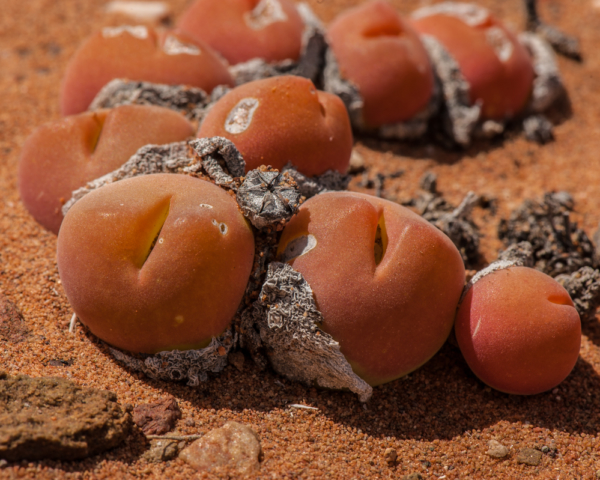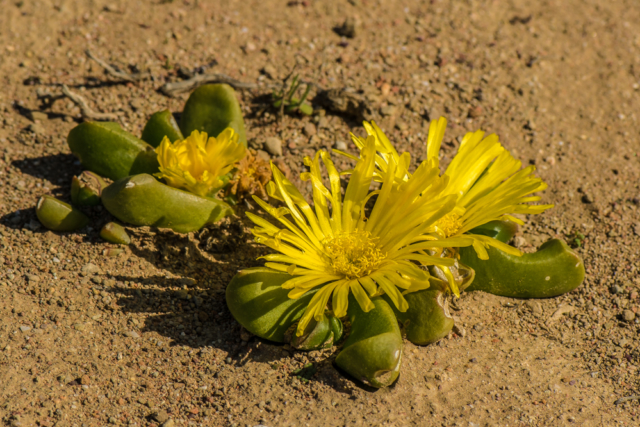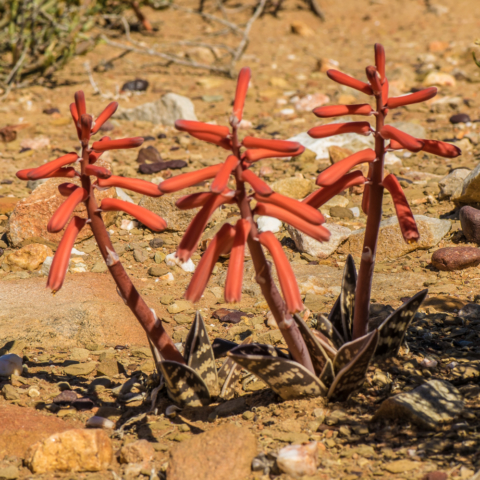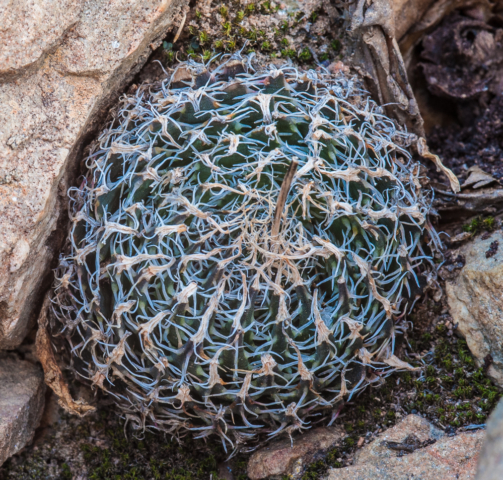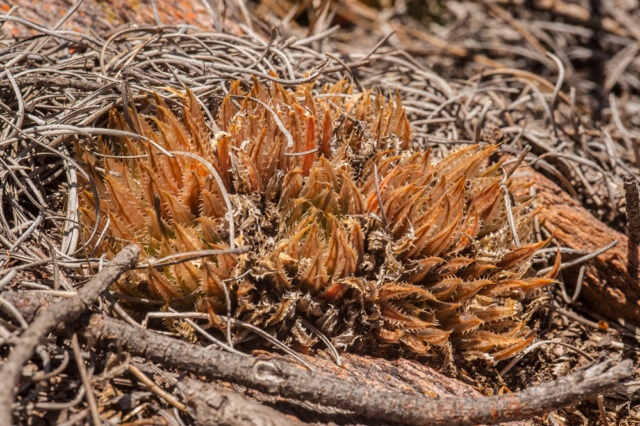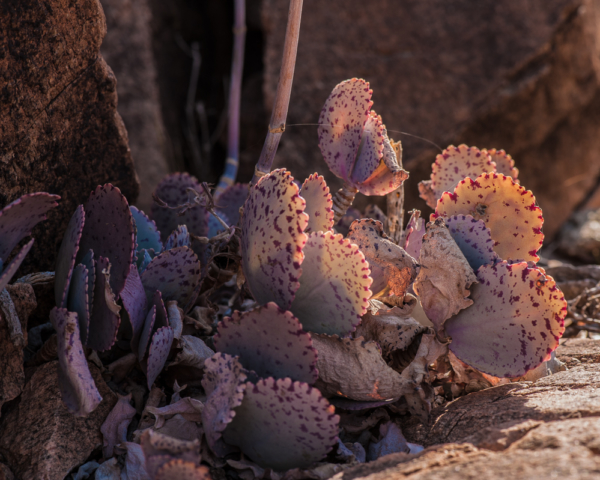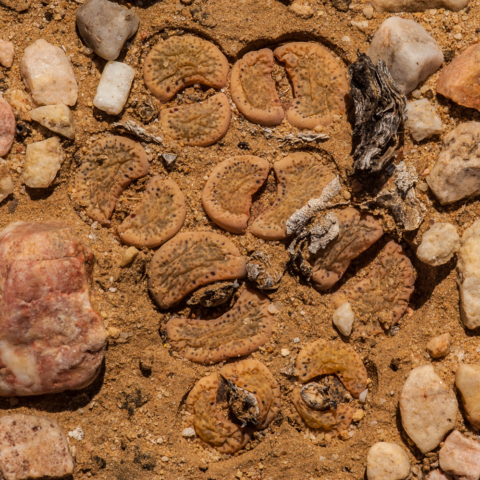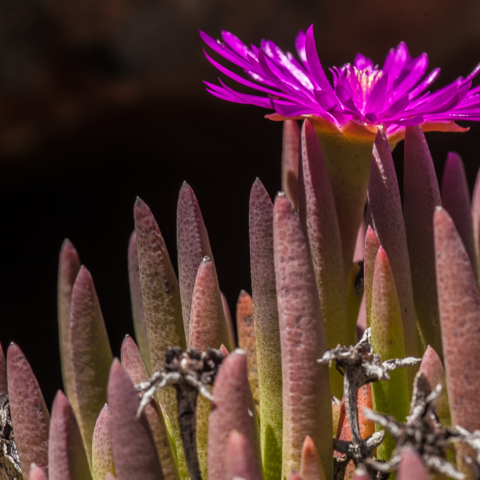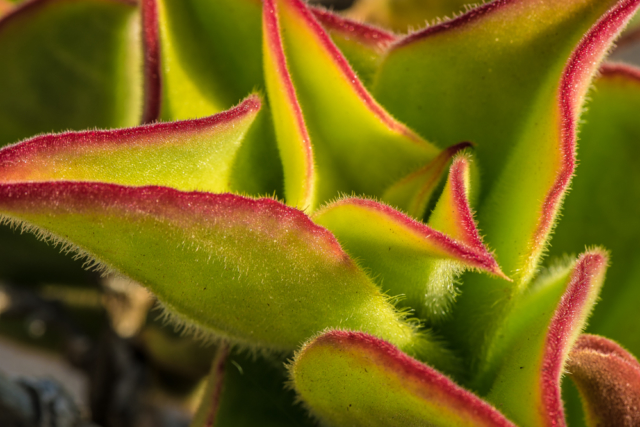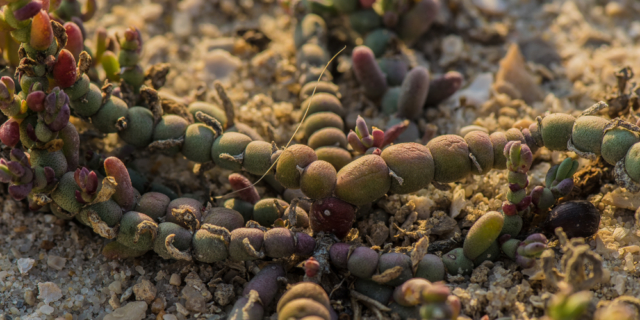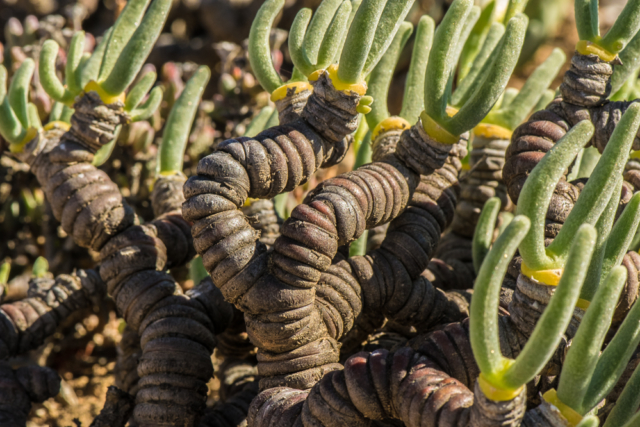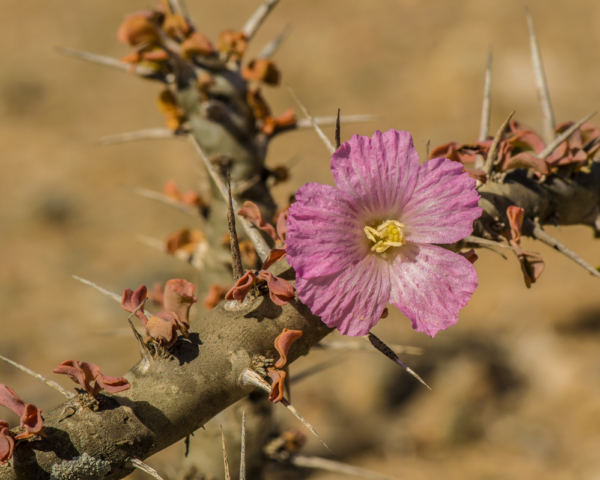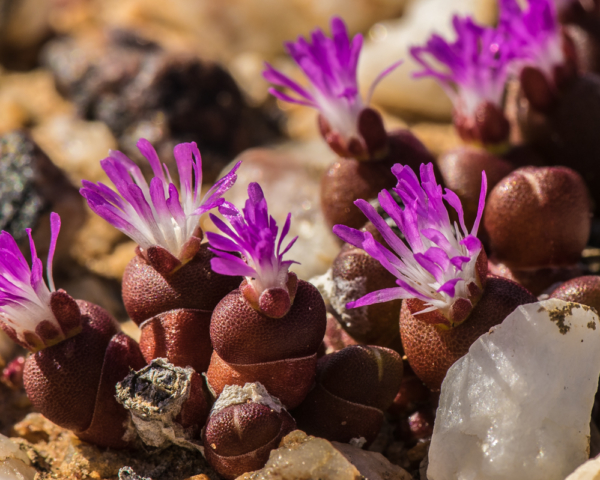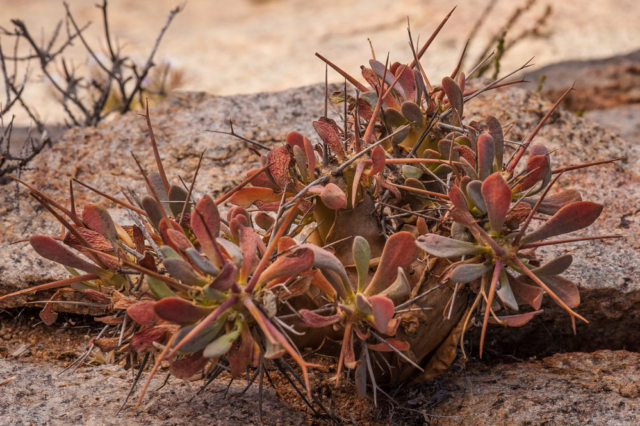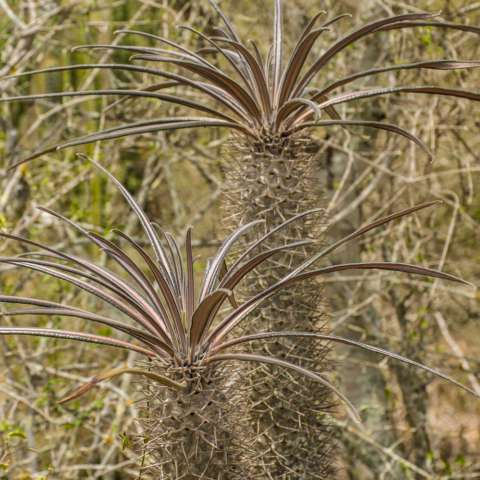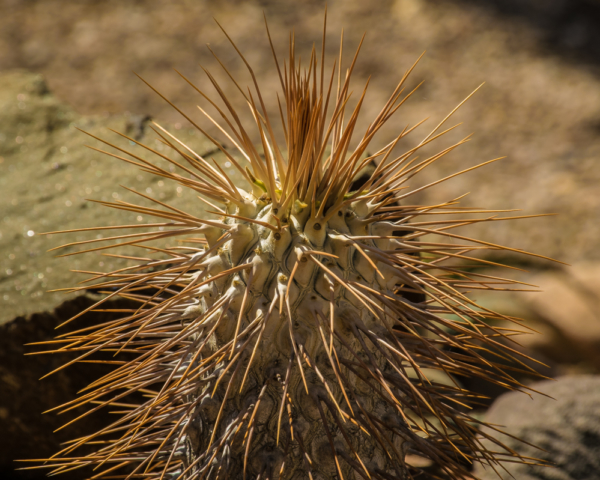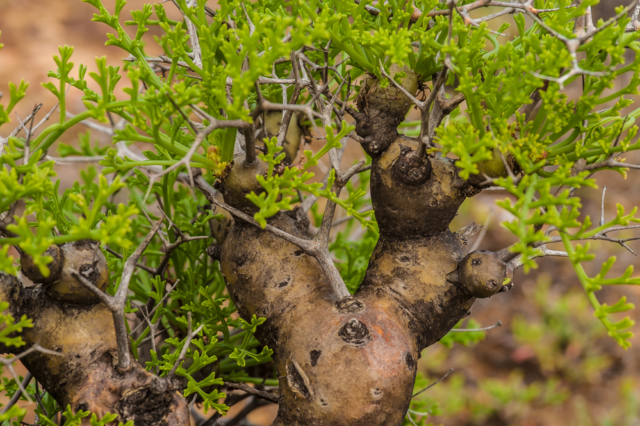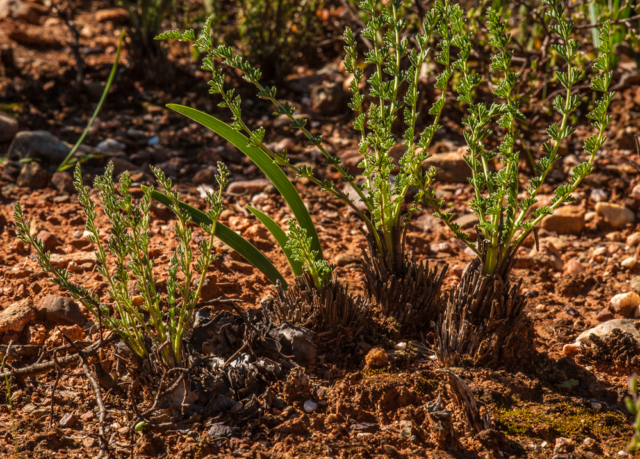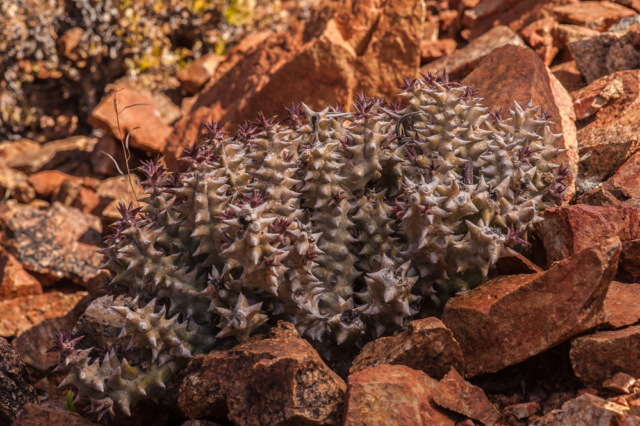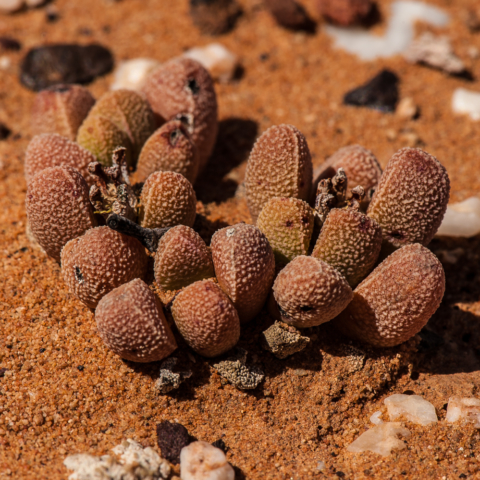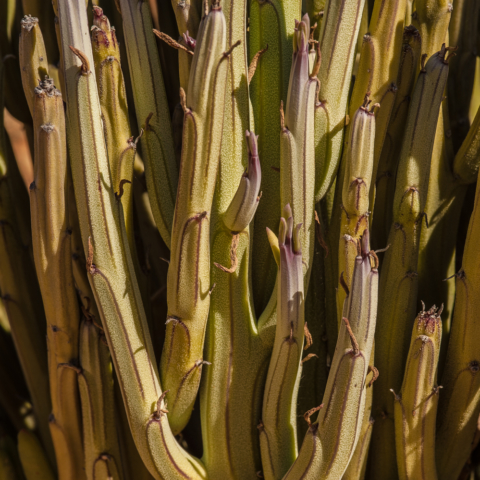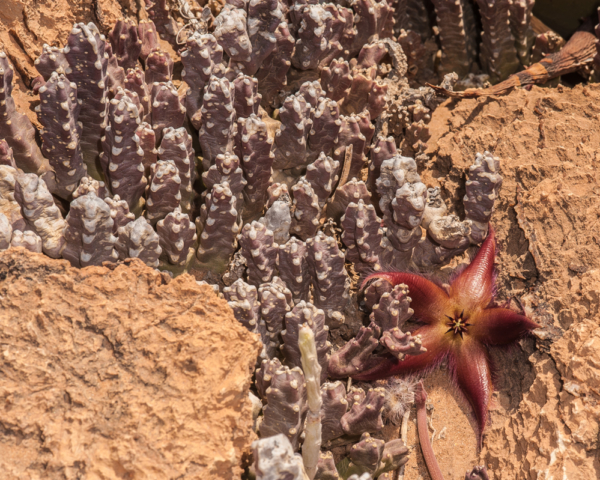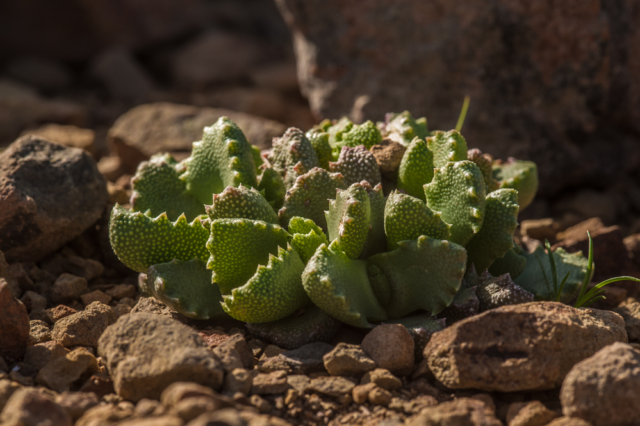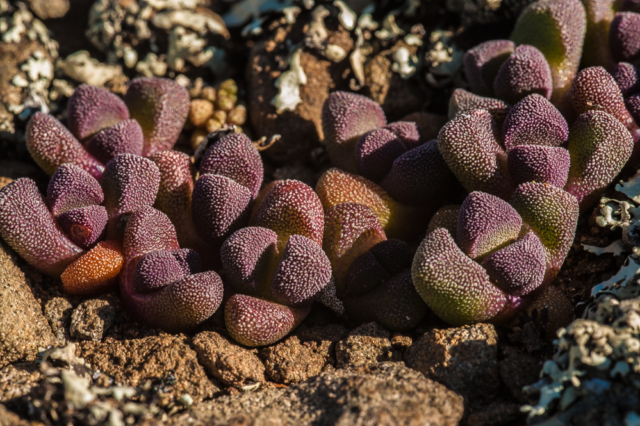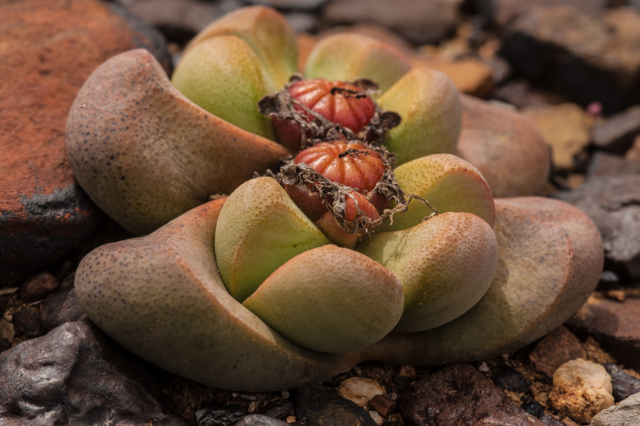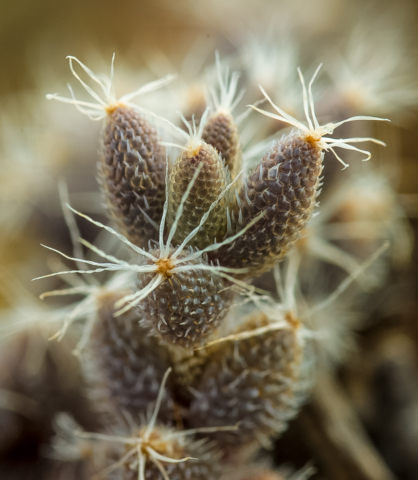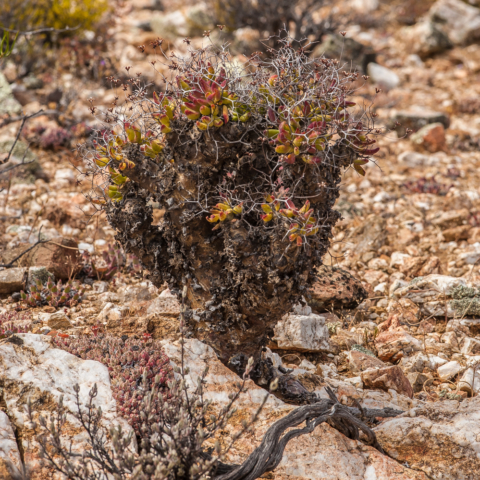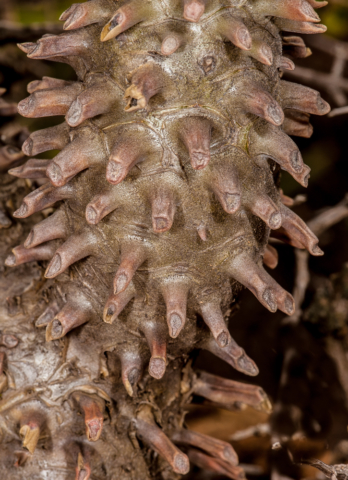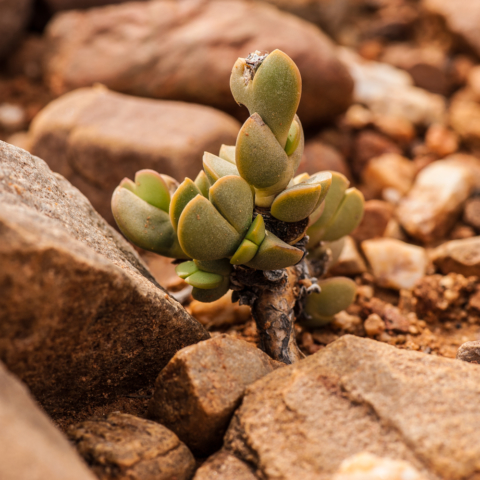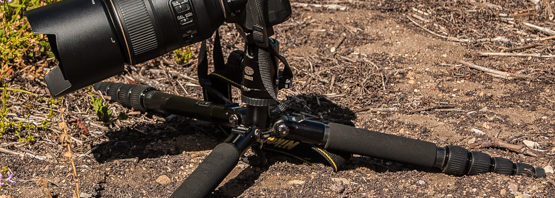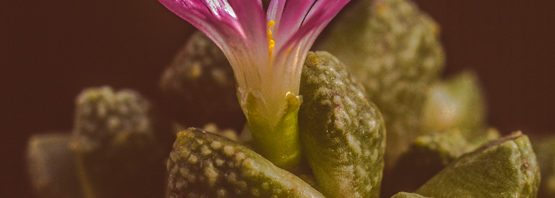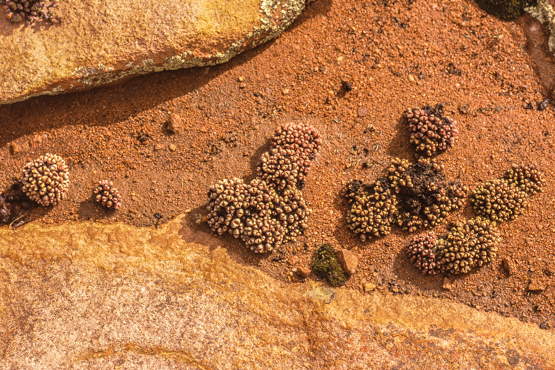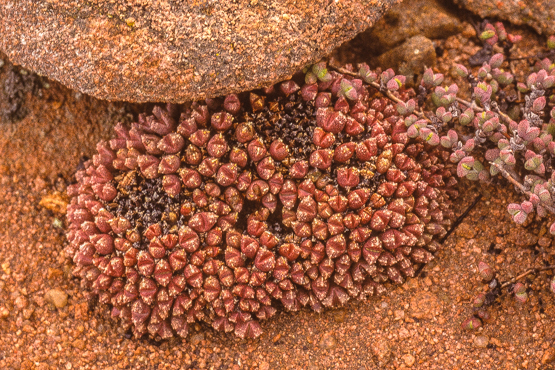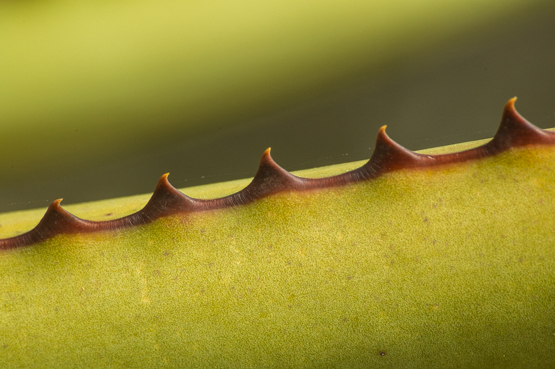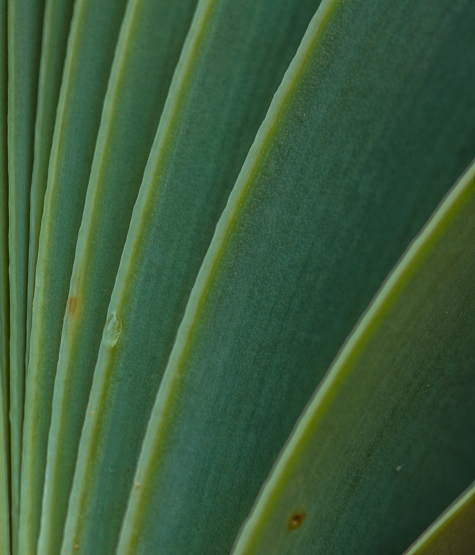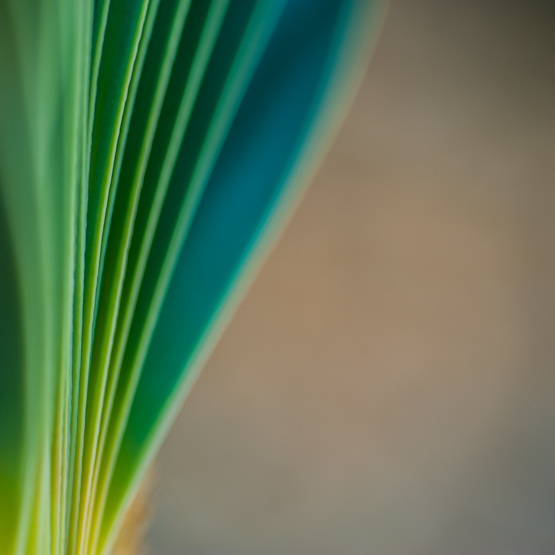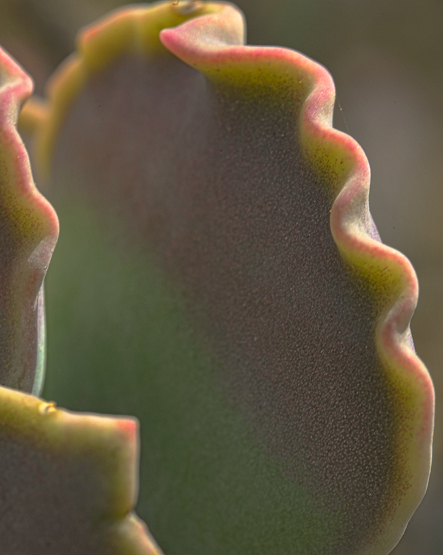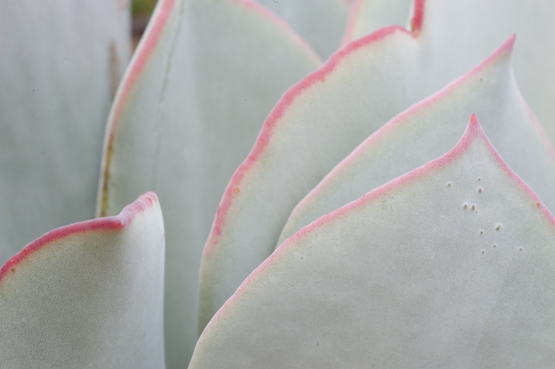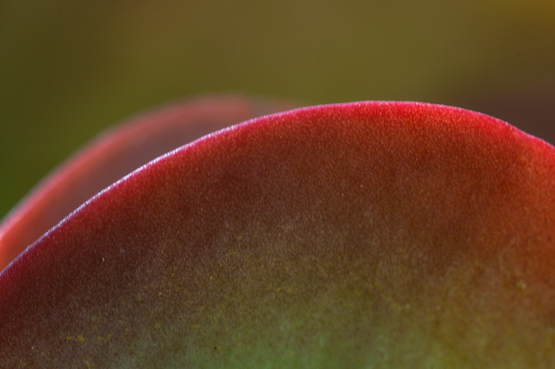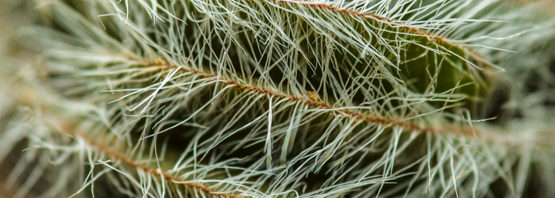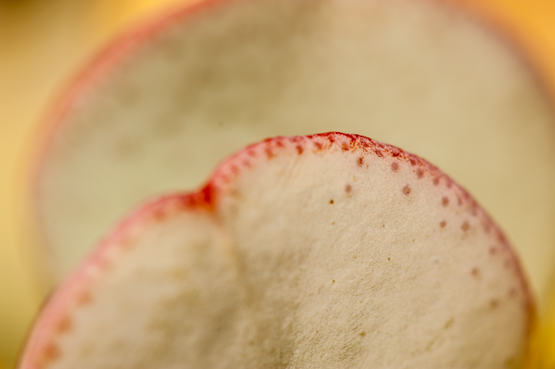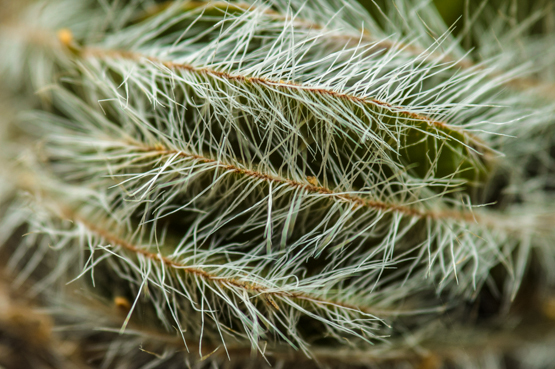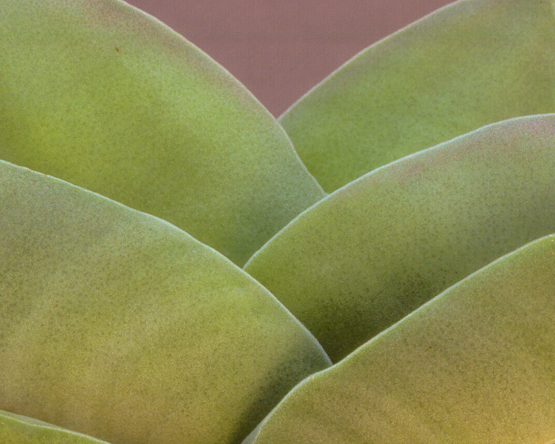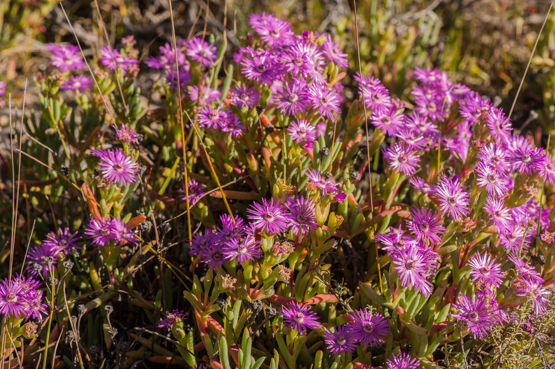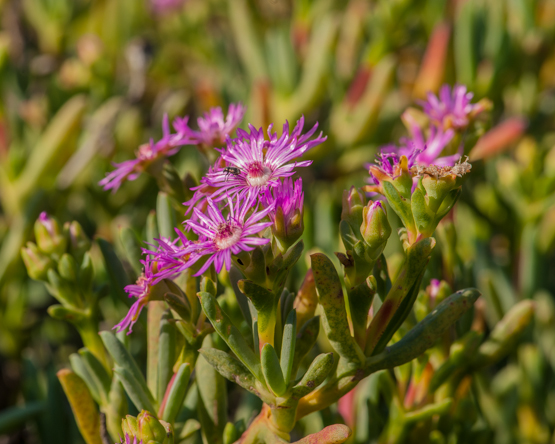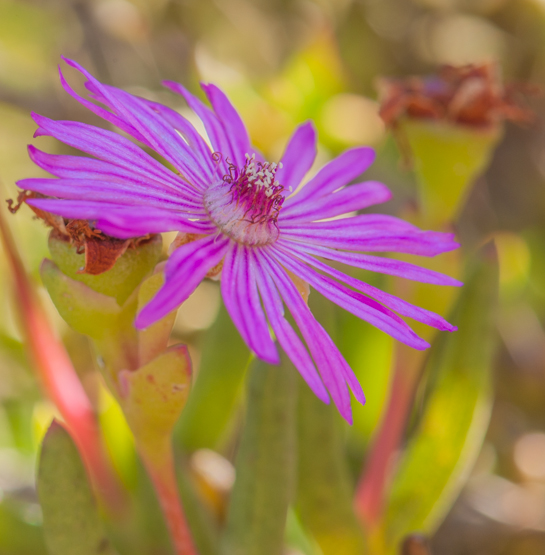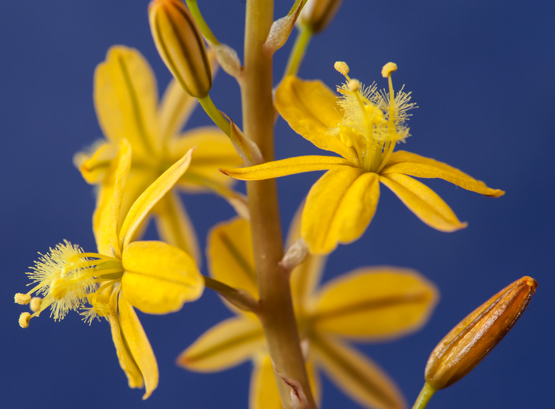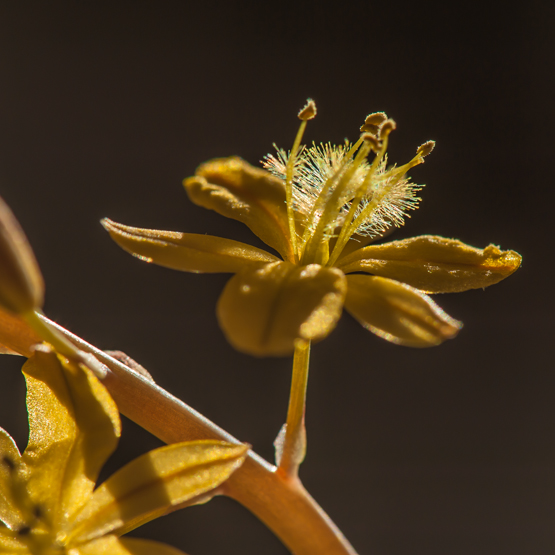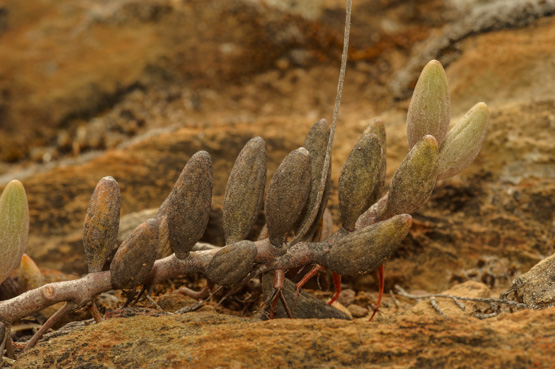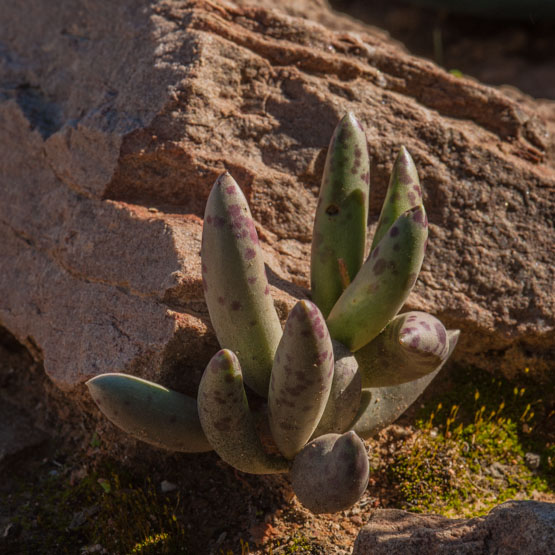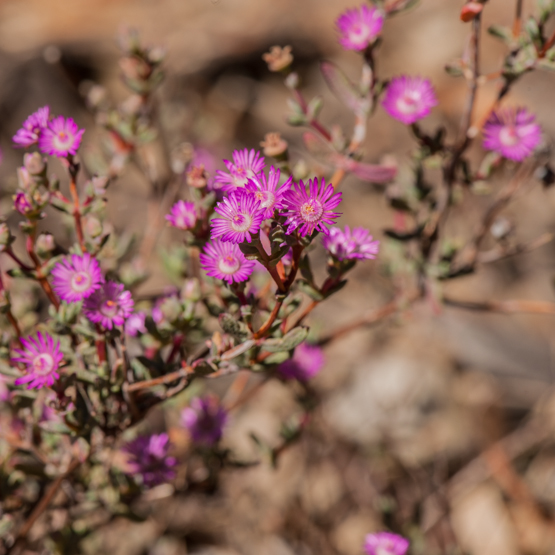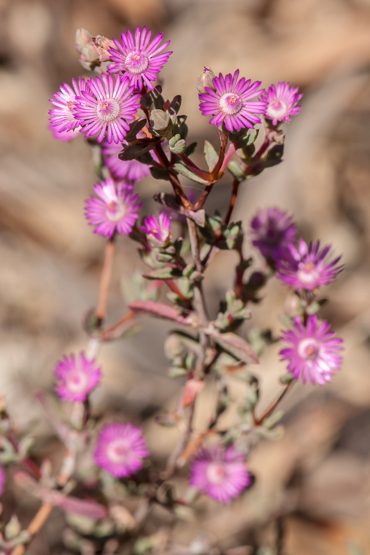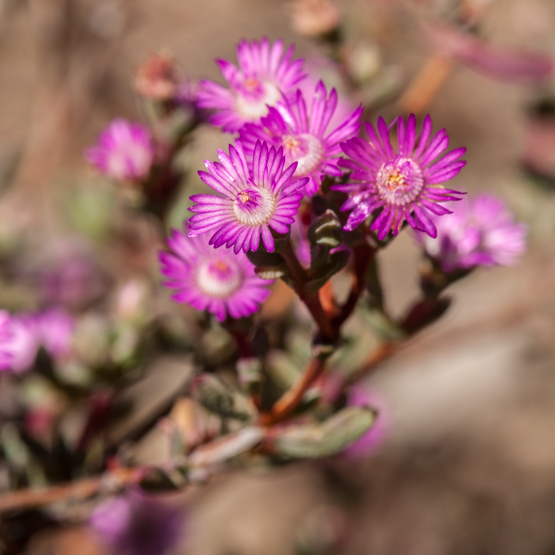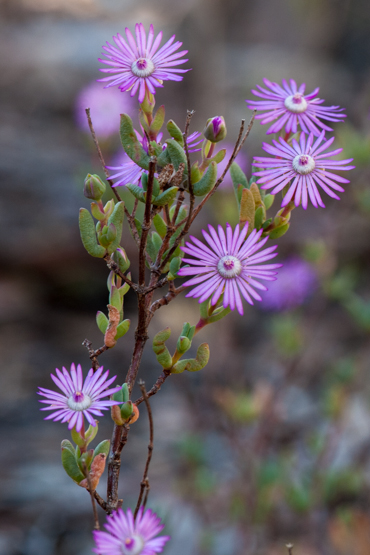At this moment, I’m working on a series of posts about succulents and how they survive in nature. The plan is to publish them interspersed with the usual posts and as the regular visitors have come to expect, the visual aspect will play a very important role.
As a kick off, I have created a new picture gallery with 70+ pictures showing the enormous range in size, shape and general morphology of (mainly South African) succulents.
If you would feel like making a comment, either positive or negative, please do!
Category: photography
In search of the ideal tripod for plant photography
Most cameras nowadays are small and light, so the need for support is less than it used to be. But still: think of people working with heavy lenses for sport or wildlife photography. What of astrophotography, panoramas, time lapse. And what about the plant photographer who wants to make more than just snapshots of his subjects.
Using a tripod has a few drawbacks:
– it adds extra weight and volume to what you already have to carry.
– setting it up takes time and slows you down. Actually this may be more of an advantage than a drawback. It makes you more aware of the subject and its surroundings. Also, because you have invested time and effort, you will be less inclined to rush on after taking your picture; you will probably look again at your subject and start asking questions like: what if I go a bit nearer; is there a way to get rid of that disturbing item in the background; would a different angle be better etc. etc.
The main advantage of a tripod is that it supplies stability (after all, that’s its raison d’ être) and allows you to take pictures that would otherwise be impossible or at least much more difficult. In my case for instance, I often have to kneel down because I want to photograph a plant (or a part of it) at ground level. And let me tell you, in such a situation having the camera on a tripod makes life a lot more pleasant.
The use of a tripod also allows you to easily play around with different lenses, magnifications, apertures, shutter speeds and so on.
Over the years I have acquired several tripods, depending on the purpose I wanted them for and on what was available. Most of them are now gathering dust in a cupboard, either because they were not as great as they once seemed, because I don’t need them for the type of work I do now, or because something more suitable has appeared on the scene.
When I look at the tripods I have used most for plant photography, two of them stand out and both are rather different from the usual type of tripod.
The most versatile of the two is the Benbo (not Benro!) Trekker, which was my favourite up to a few months ago. Unfortunately, its versatility also means that it is often rather awkward to use.
The second one is the GorillaPod Focus, which is easy to work with, but has a limited scope.
Between them, these two gave me about all the options I needed, but this came at a price: having to drag along a heavy camera bag as well as two tripods in the field is no fun. So, in many instances I took only one with me and then regretted not having the other one available as well.
Slowly it dawned upon me that maybe I should start looking for a new tripod that combined as many advantages of these two as possible, but without the disadvantages.
Finding this ideal tripod was made complicated by conflicting wishes:
– the tripod had to be small when not in use, but big enough when extended;
– I wanted it to be as light as possible, but at the same time sturdy enough to secure a DSLR with a heavy macro lens;
– it had to be versatile as well as easy to work with;
– the tripod should allow me to make pictures at low level without the need for physiotherapy afterwards (ever seen pictures of someone trying to take photos with a camera hanging down from the tripod’s inverted centre column)?
For quite a while, trying to find a tripod combining all these wishes looked like expecting the impossible. But then suddenly one came along, from an unexpected corner of the tripod universe. Until not long ago I would have shuddered at the idea of buying a piece of photographic equipment both designed and manufactured in China. In this case, not only did it tick all the boxes of my wish list, but nearly all the reviews I saw were very positive, both on the count of practical use and of durability. The more I looked into it, the more attractive it became and so now I am the happy owner of a Sirui T-025X.
The following characteristics clinched the deal for me:
– the legs are made of carbon fibre for a light and strong construction.
– at its shortest, the tripod itself is only 32 cm; the ball head adds 6.5 cm.
– because the legs have three different angle settings and the centre column is removable, you can shoot from as low as 18 cm. This works especially well if your camera has a tilt and swivel LCD screen. If you want to go even lower, you will have to resort to a beanbag or one or two pieces of foam rubber to support the camera.
– with a maximum height of 139 cm the tripod can also be used for shooting tall plants and scenery -The tripod comes with a hook so that you can hang your camerabag or something else from it to lower the centre of gravity.
– the tripod/ball head combination weighs only 800g and can carry up to 6kg, enough for a DSLR with a 105 mm macro lens.
After working extensively with the Sirui during my recent trip to Madagascar, I can say it did everything it was supposed to do, with very little fuss. In other words, it proved its value not just for plant photography, but also as a general travel tripod.
As everyone’s requirements and methods are different, obviously this tripod may not be for you, but if you are not happy with the one you use now, it is probably worth having a look at it.
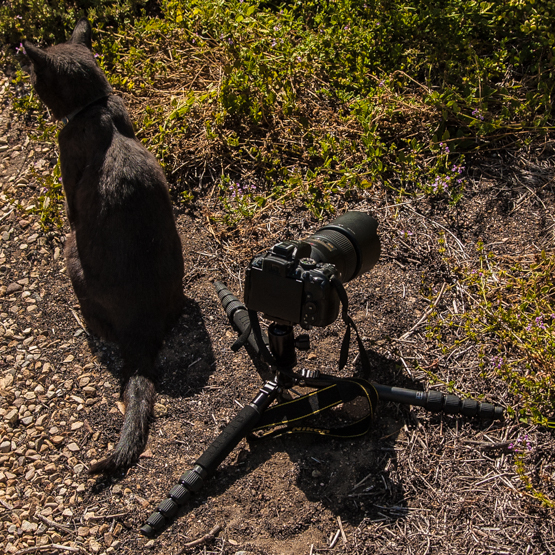
Cat Joris is not impressed, but he gives a good idea of the sizes at play
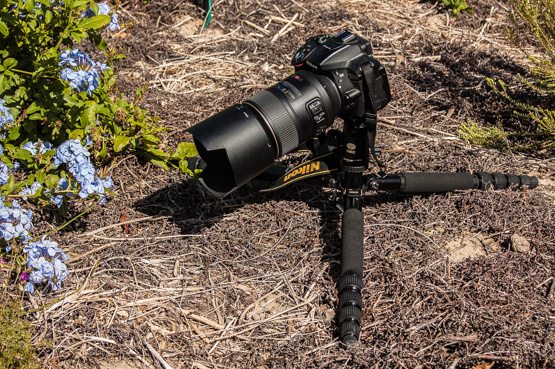

Conophytum khamiesbergense
With the many warts and teeth on the ends of their leaves, these fascinating plants are always immediately recognizable. They are so unlike other Conophytums that originally they were placed in a genus of their own: Berrrisfordia.
They form tight mats or cushions, with leaves to 1.5 cm long.
The whitish-pink to mauve flowers appear in late winter or early spring; they open in the morning and are scented of raspberries.
The species only occurs on granite domes in the highest part of the Kamiesberg in Namaqualand.
The pictures below are recent scans of slides that I made several years ago. The scanner I used before refuses to work with my current PC, so I decided to buy a new one for converting old slides that still might be put to good use.
After working on a picture for a long time, it often becomes very difficult to keep looking at the results in an objective way.
Therefore I would like to call in your help by letting me know if you think the quality of these pictures is on a par with what you have come to expect in this blog OR is at least good enough for the purpose.
If yes, wonderful; if no, I will just have to further improve my scanning skills!
On edge (3 and last)
On edge (2)
On edge (1)
Just for a change: just pictures and names. Hopefully a measure of inspiration will compensate for the lack of information.
Let’s start with some Crassula’s.
1 C. arborescens ssp. arborescens
2,3 C. barbata ssp. barbata
4 C. mesembryanthoides ssp. mesembryanthoides
5 C. nudicaulis v. platyphylla
6 C. perfoliata var. minor
7,8 C. perforata
Ruschia caroli
In spring (August-September), this is one of the many Mesemb species decorating the countryside with their colourful flowers.
It occurs from my area northwards to Clanwilliam on sandy and clayey soils.
The shrubs are up to 60 cm in height and 80 cm in diameter, with decumbent* grey to reddish branches (* creeping on the ground with the tips curved upwards).
The flowers are 2-2.5 cm across and pink to magenta with a darker midline.
Looking at the pictures you will notice that the last one gives a rather different impression of the flowers. It was taken in the shade and very slightly overexposed. This combination gives a result that I find rather pleasing to the eye.
Bulbine praemorsa (2)
Today we’ll have a closer look at the plant and especially its flowers.
In yesterday’s post I mentioned the fact that most Bulbine flowers are very similar. That might give one the idea that they are not beautiful or interesting. Hopefully the pictures will convince you of the contrary. (Personally I’m rather chuffed with the last one, where the backlight shows off the bearded filaments beautifully).
Adromischus filicaulis (part 2: ssp. marlothii)
The only substantial difference between the two subspecies seems to be the fact that ssp. marlothii has stilt-roots. Other differences are more a matter of gradation. The first picture represents what to my mind is the most common (and not terribly attractive) form.
This subspecies is found mainly in the Little Karoo and adjacent areas (from Worcester to east of Oudtshoorn), but occasionally also on the Knersvlakte. It prefers dry rocky slopes, usually in the shade of rocks or other plants.

